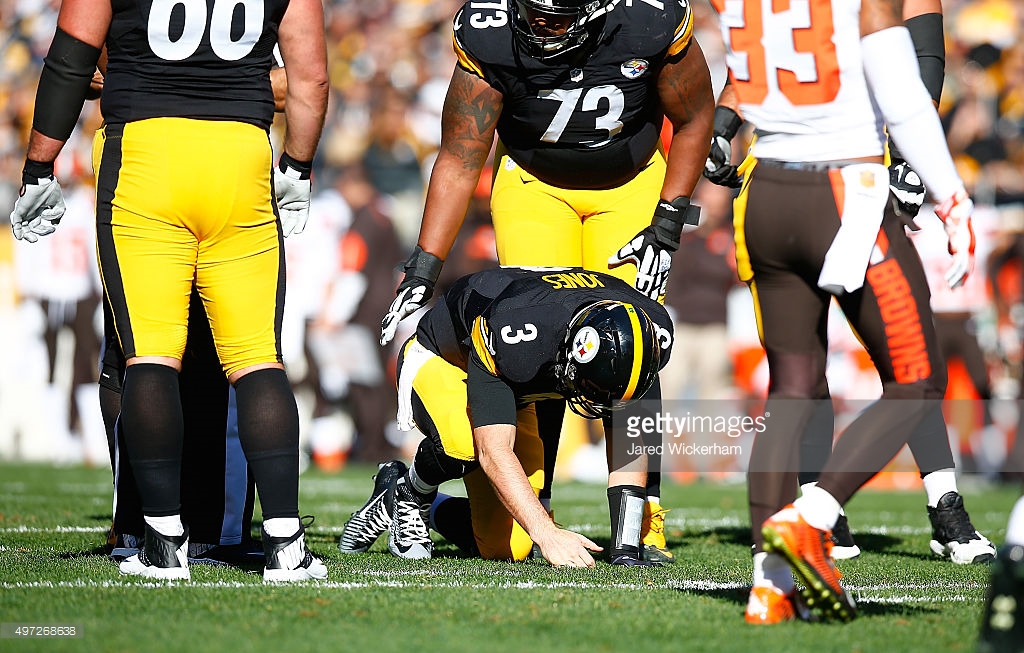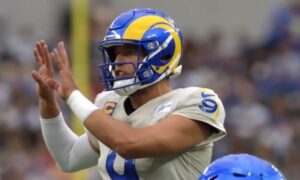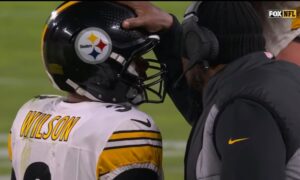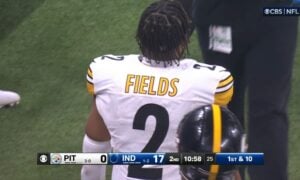Recently, Jeremy Fowler wrote an article at ESPN about the ‘Patriot Way’ to approaching the backup quarterback position, which generally consists of investing in early-mid-round draft picks on the quarterback position every couple of year. Fowler writes that the New England Patriots’ approach is not one that has been emulated by the other teams with stable franchise quarterbacks—and for good reason, from my perspective.
From 2002, the year after Tom Brady solidified himself as the starting quarterback, through the 2016 NFL Draft, the Patriots have selected eight quarterbacks between the second and seventh rounds, which works out to slightly more than one quarterback selected for every two draft classes.
Their return on investment? Two of them never played a game for the Patriots, with one of them never even making the team. Another spent just one season on the team, active for only two games. That last quarterback referenced was Kevin O’Connell, a third-round draft choice in 2008.
O’Connell is one of four quarterbacks that the Patriots have drafted within the first three rounds since then, in addition to Ryan Mallett and Jacoby Brissett in the third round in 2011 and 2016, respectively, and Jimmy Garoppolo in the second round in 2014.
O’Connell was released during his second preseason with the team. Brissett’s story is obviously yet to be written. As for Mallett, he struggled to even earn the backup position in his first season, and participated in four games during his three seasons with the Patriots before he was traded for a conditional seventh-round draft pick.
For a third-round investment, the Patriots got a single seventeen-yard completion and an interception out of Mallett in four games active in three years, plus a seventh-round draft pick. Those are awfully sorry returns. As for Garoppolo, he has thus far thrown for 188 yards and a touchdown on 20-of-31 passing in 11 career games. He may have to start for four games if Brady’s suspension is upheld.
Mallett is not the only quarterback the Patriots managed to trade, however. Also traded was Matt Cassel, which was one of the great bamboozlings of the past decade. After he had to play the 2008 season because of Brady’s knee injury, putting together a competent season with a quarterback rating of just under 90, the Patriots franchised him, and then traded him to the Chiefs, along with Mike Vrabel, for the 34th-overall selection in the draft.
That is a strong return on investment for a former seventh-round pick, but it was such deals as that that have devalued the secondary quarterback market, along with some of the Eagles’ trades for their leftover quarterback spare parts. Mallett has gone on to become a below-80 quarterback rating passer for his career with a nearly one-to-one touchdown to turnover ratio.
The ‘Patriot Way’ has offered not viable case to be emulated by teams such as the Pittsburgh Steelers, who are among the few with a stable quarterback position with Ben Roethlisberger under center. More often than not, these selections are largely wasted draft picks. Even in Pittsburgh, fourth-round pick Landry Jones is struggling to land the backup position this year. But that is as high as the Steelers have gone since 2004, preferring instead to cull the veteran quarterback market for their backup strategy until they re-enter the market for a franchise player.








